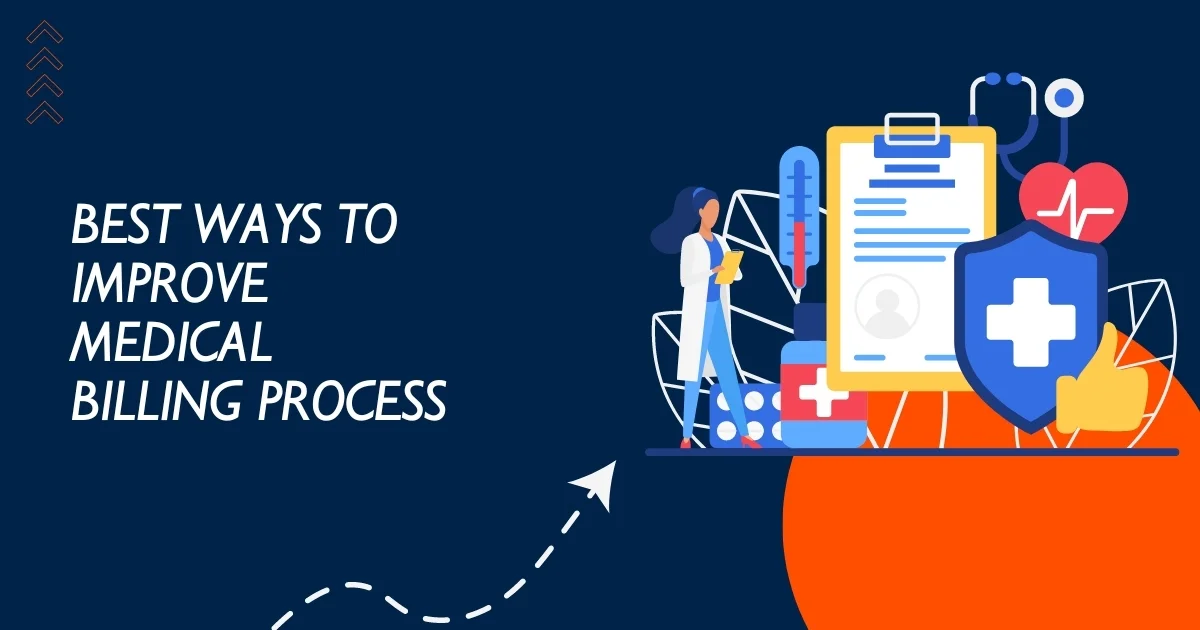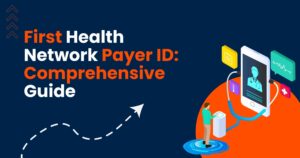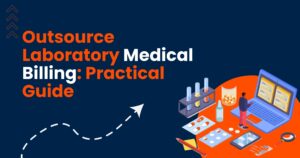Accurate medical billing is a key for the smooth operating of healthcare facilities. Simplifying the billing process aids medical professionals in ensuring timely payment, minimizing errors, and enhancing patient satisfaction. This blog covers the best ways to guarantee efficiency, lower administrative load, and improve the medical billing system.
How does medical billing work?
The medical billing process involves the submission of claims to insurance companies for the services provided by healthcare providers. It’s a multi-step procedure that calls for meticulous attention to detail to guarantee compliance with laws and correctness. The primary phases consist of:- Patient registration
- insurance check
- Medical code
- Claim writing
- Posting payment notes
- Handling disputed or denied claims
Medical Billing Best Practices for Improvement
1. Invest in Training and Education
- Staff members need constant updates on the latest medical billing practices. This guarantees that staff members know about changes in policies and billing codes, therefore lowering the possibility of claim denials.
- Provide regular training on medical credentialing, insurance policies, and coding standards.
2. Use technology to your advantage.
- Patient management systems allow you to track patient records and billing data. This helps to effectively control patient data and reduces the risk of human error.
- Use healthcare employee scheduling solutions to ensure that the correct staff perform billing chores, thereby simplifying the procedure.
3. Verify Insurance Eligibility Early
- Incorrect insurance information is one of the most common reasons for claim denials. Verifying insurance eligibility at patient registration ensures that the provider has accurate information and helps to avoid problems later on.
- Check eligibility using automated methods to reduce manual labor and increase effectiveness.
4. Maximize coding accuracy
- The billing procedure is heavily reliant on medical coding. Denial of claims could result from errors or outdated coding. Regular audits and updates to coding standards are essential.
- Make sure programmers know the newest ICD-10, CPT, and HCPCS codes.
5. Track important performance metrics (KPIs)
- Track important metrics such as rejection rates, days in accounts receivable, and claim acceptance rates. This helps to identify medical billing process step bottlenecks and guide decisions on their resolution.
- To stay up to date on billing performance, use programs that track KPIs and provide real-time statistics.
6. Implement a Robust Claims Management System
- Improving the invoicing process naturally involves handling refused and rejected claims. Create a mechanism that logs denials, looks into the causes, and guarantees prompt resubmission.
- Install automatic systems that reject and remind others to follow-up on outstanding claims.
7. Improve Communication with Insurance Providers
- A proactive attitude leads to faster problem resolution in correspondence with insurance companies. Frequent communication enables quick resolution of claims and identification of disparities in them.
- Establish rapport with important insurance agents to guarantee prompt settlement of problems
8. Streamline the Pre-authorization Process
- Delays in pre-authorization procurement might cause the billing process to lag. Simplifying this phase ensures the completion of operations requiring pre-approval from insurance providers before the patient receives treatment.
- Manage pre-authorizations using automatic solutions to lower administrative expenses and expedite the process.
9. Choose Clear and Transparent Patient Billing Practices
- Transparency in billing builds patient confidence and happiness. Provide patients with comprehensive, well-defined invoices that explain any insurance coverage and service cost.
- Providing patients with flexible payment schedules and organizing a seamless payment system motivates them to pay early.
10. Use outsourced billing to leverage
- Outsourcing billing to outside companies specializing in medical billing might be a reasonably affordable choice for smaller medical offices. Outsourcing lets practitioners concentrate on patient care while experts manage billing’s technical details.
- Ensure that any outsourcing partner understands the medical billing process and adheres to the highest standards.
The Role of Technology in Healthcare Revenue Cycle Improvement
Technology plays a significant role in improving the healthcare revenue cycle. Healthcare providers may lower human mistakes, increase accuracy, and raise patient happiness by automating several stages of the billing process. From patient management softwares to cloud-based billing solutions, technology offers several advantages:- Automating tasks like claim filings, payment posting, and rejection handling—helps to enhance efficiency by lowering the manual effort involved.
- Modern billing systems make real-time analytics possible, allowing hospitals to track their financial situation and make necessary changes.
- Reduced data input mistakes, guaranteed by automated methods, help to lower claim denials and rejections.
Ensuring Compliance and Regulatory Adherence
Medical billing mostly depends on following legal criteria. Ignoring rules could result in legal problems, rejected claims, and financial losses. To guarantee adherence:- Frequent updates on your understanding of medical billing and coding regulation changes are helpful.
- Frequent billing process audits help you to make sure your practice follows industry standards.
- Work with seasoned billing experts to steer your business toward continued compliance.
Common challenges in the medical billing process
Complicated and prone to difficulties is the medical billing procedure. Some of these issues include:- Denied claims are a major barrier, usually resulting from inaccurate patient information, poor coding, or eligibility problems.
- Cycles of slow payment: Delayed payments can jeopardize a healthcare provider’s financial stability, thereby impacting its ability to operate seamlessly.
- Keeping up with ongoing legislative changes in billing and coding may be difficult for healthcare practitioners.





